This airplane has been long overdue because I could not find a suitable camouflage scheme in place of the terribly boring silver gloss. Just recently, my Comrade Trainzo uploaded a Tupolev Tu-128 “Fiddler” Reconnaissance version in which I took inspiration from its black gloss and forest green paint.



Features
- Very powerful Klimov VK-2 TVD turboprop delivering 4,200 hp
- Two 23mm NS-23 cannon
- Airbrakes (These were in the draft design because of its high speed)
- Fourteen 57mm ARS-57 unguided rockets
- Custom landing gear
- Flaps
History
At the end of 1948, a preliminary draft design of a two-seat escort fighter for the new Klimov VK-2 TVD turboprop engine was completed at the Sukhoi Design Bureau.
The explanatory note to the project noted that: “The issue of creating escort fighters for long-range Tu-4 bombers could not be solved until now due to the lack of a suitable engine. In connection with the planned release in 1949 of the Klimov VK-2 TVDt urboprop engine series, a technical opportunity arises to build such a fighter with a range of 5,000 km (3,105 miles) and a maximum speed of 800 km/h (496 mph). This speed, although inferior to the speed of a modern jet fighter, however, will be sufficient for an escort fighter, since The latter must fight mainly in maneuver, not looking far away from the escorted group. The maneuverability of the escort fighter with the VK-2 TVD turboprop engine, despite its relatively large weight (8 tons total), will not yield to the maneuverability of a normal fighter with a jet engine. This is due to the fact that at high speeds, maneuverability will be determined mainly by the specific load on the wing and engine power. In the proposed project, the escort fighter accommodates two pilots. This allows the main pilot to reach the target with more accuracy, and in addition, the co-pilot can provide substantial assistance in a combat situation ... “.
During the combat use of the escort fighter, it was assumed that most of the route would pass at an altitude of 12,000 m (39,000 ft). The meeting with escorted bombers was planned at a distance of 300-500 km (186-310 miles) from the target at an altitude of 10,000 m (32,500 ft). In this case, the technical range reached 5,000 km (3,105 miles). When accompanied throughout the route at an altitude of 10,000 m (32,800 ft), the flight range decreased to 4,500 km (2,794 miles).
According to the draft design, the aircraft was an all-metal low wing design. The fuselage had an oval section, in front of which the turboprop engine was installed. The space in front and behind the cockpit was taken up by fuel tanks. In the center section, under the floor of the cockpit, there was a compartment for the main landing gear supports and wheels, as well as a third fuel tank. In the rear fuselage was located equipment for the copilot to use in navigation. The cockpit was also equipped with ejection seats for the pilot and copilot. The wing was of cantilever type in a trapezoidal shape. Under the wing tips was the option of fitting additional fuel tanks. The plumage, including the stabilizer with the elevators and the fin with the rudder, was mounted in the rear fuselage. The power plant consisted of the newly designed Klimov VKD-2 TVD turboprop, with a power output of 4,200 hp, with a specific fuel consumption of 0.135 kg / hp. The exhaust gases were carried out through two jet nozzles located on the sides of the fuselage, behind the wing. The aircraft’s armament consisted of two fixed 23mm NS-23 cannons mounted in the wing, with a total of ammunition capacity of 400 rounds. Two pylons were mounted underneath the cannons for the attachment of a variety of rockets and bombs. The landing gear consisted of two main gears with a single tail wheel. The wheels of the main supports were removed along the span in the toe of the center section, and the tail wheel retracted in the tail section of the fuselage.
The cockpit was equipped with a standard set of flight-navigation instruments. Air navigation was carried out using the ARC-5 and avtoshturman. To ease the labor of performing long-range flights, there was the addition of autopilot along with the ability of the copilot to fly the aircraft as well. Two radios were provided to allow communication with the ground: VHF-Klen, KV-RSB-5.
The project was submitted to the leadership of the Air Force in November 1948, to the Chairman of the ATC of the USSR Air Forces and Major General of the IAS N. A. Zhemchuzhin. He then reported to the Commander in Chief of the Air Force at the suggestion of P. O. Sukhoi and noted that: “The ASh-73TK radial and TRD RD-45 jet, should be used according to the plan of 1947-48; with the decision of the Council of Ministers being terminated by the building group. Creating an escort fighter with this data is hardly advisable, albeit with a different motive group…”
A fighter designed by Pashin that applied to the same idea did not proceed and there is no data or pictures about it. Sukhoi’s Escort Fighter also remained in sketch for in the archives as well even though the airplane looked very promising for the USSR Air Force, not only as a long-range escort fighter, but also as a long-range reconnaissance aircraft (range 5,000 km (3,105 miles)) and especially as a high-altitude aircraft interceptor (practical height 14,000 m (45,920 ft ( !!! ))).
Apparently, this was the last project for a single-engine propeller fighter of the Soviet Air Force ever in the USSR. On November 27, 1949, by the decision of the MAP of the USSR, the design office of P. O. Sukhoi within Factory 134 was disbanded. At least, for now.
- Source: Alternathistory.com
Gallery
Factory No.134 sketch of the Sukhoi Escort Fighter

Inboard profile of Sukhoi Escort Fighter

Three-view of Sukhoi Escort Fighter

Specifications
General Characteristics
- Created On iOS
- Wingspan 55.0ft (16.8m)
- Length 40.6ft (12.4m)
- Height 15.6ft (4.8m)
- Empty Weight 6,299lbs (2,857kg)
- Loaded Weight 15,055lbs (6,828kg)
Performance
- Horse Power/Weight Ratio 0.278
- Wing Loading 36.3lbs/ft2 (177.3kg/m2)
- Wing Area 414.6ft2 (38.5m2)
- Drag Points 4479
Parts
- Number of Parts 68
- Control Surfaces 7
- Performance Cost 446

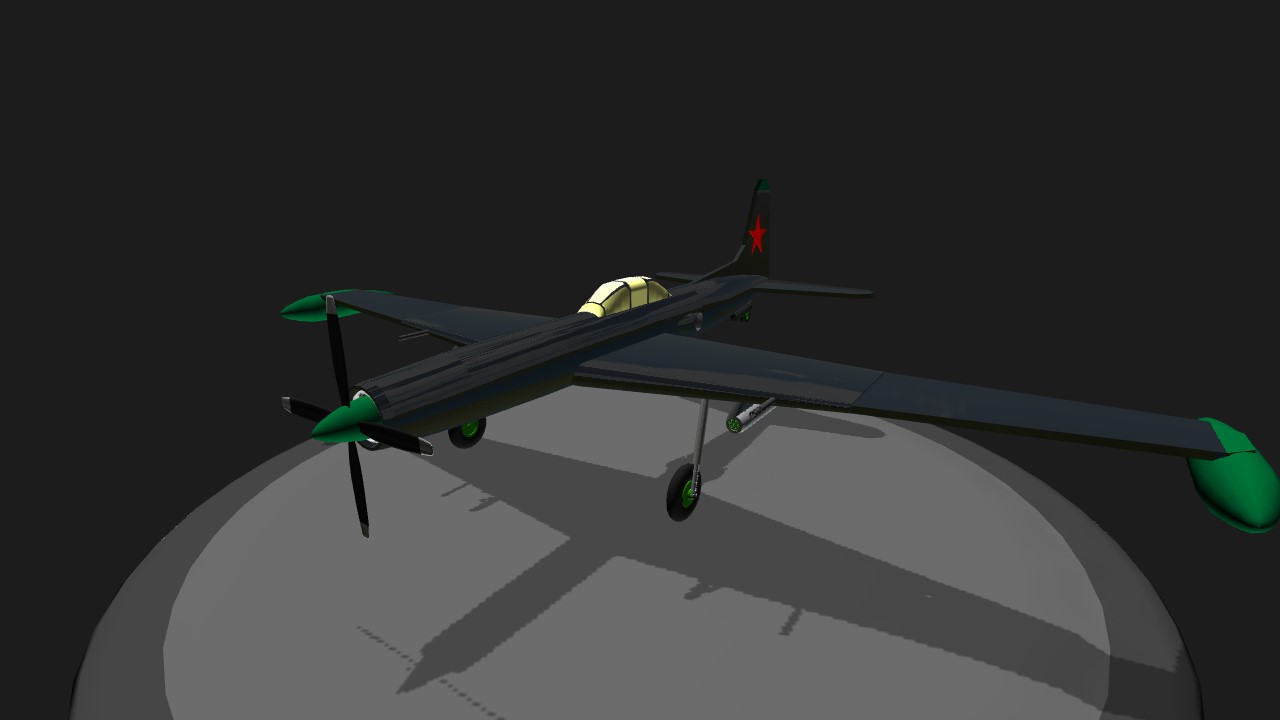
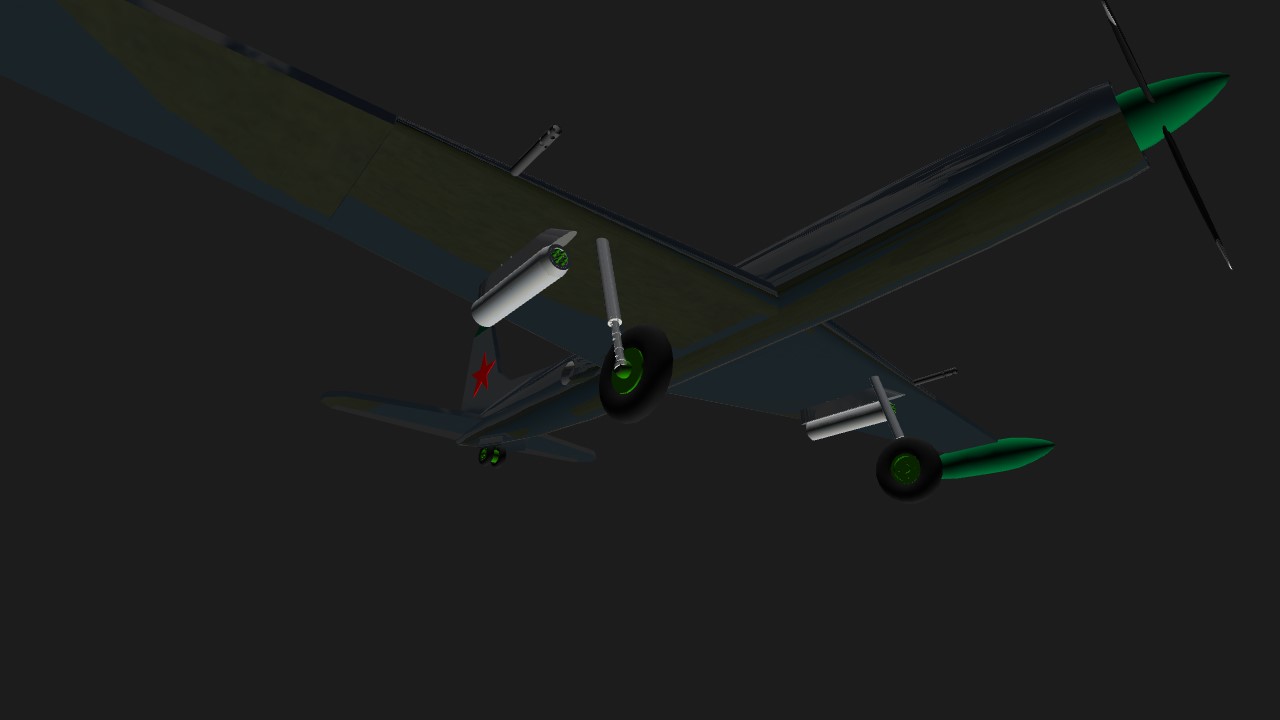
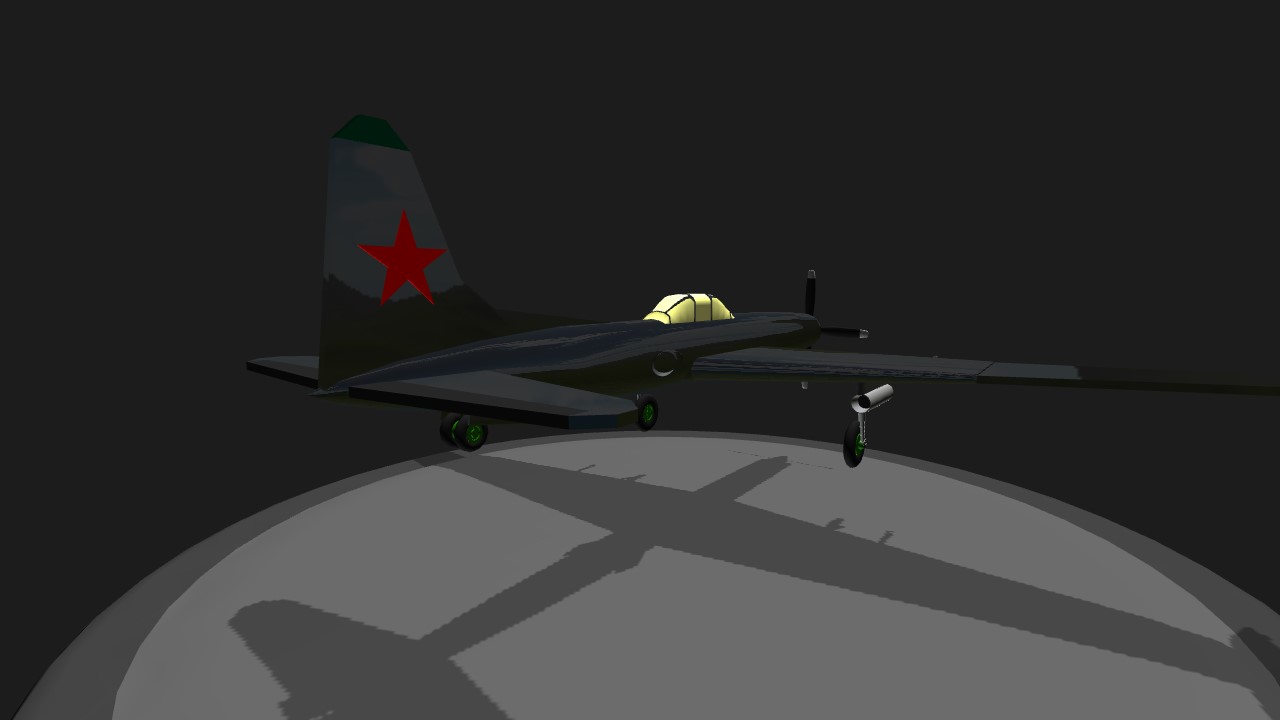
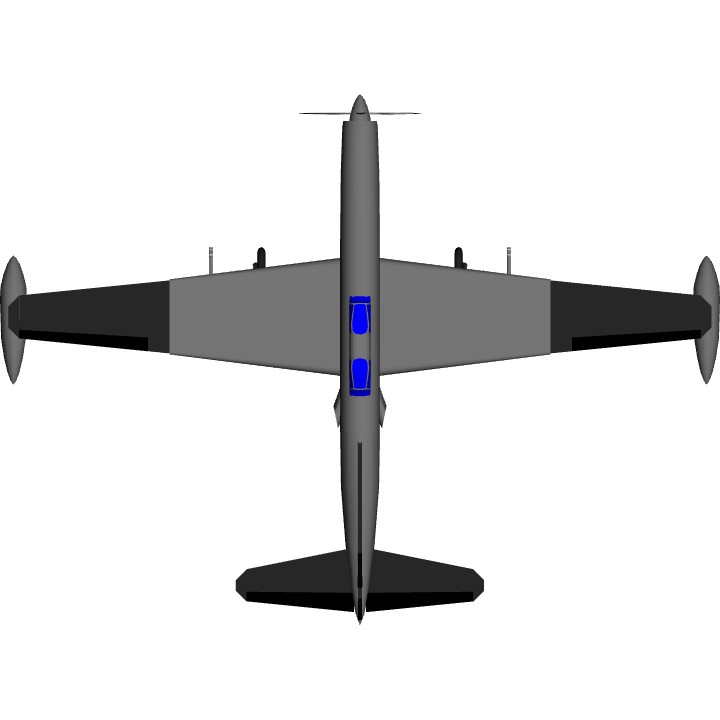
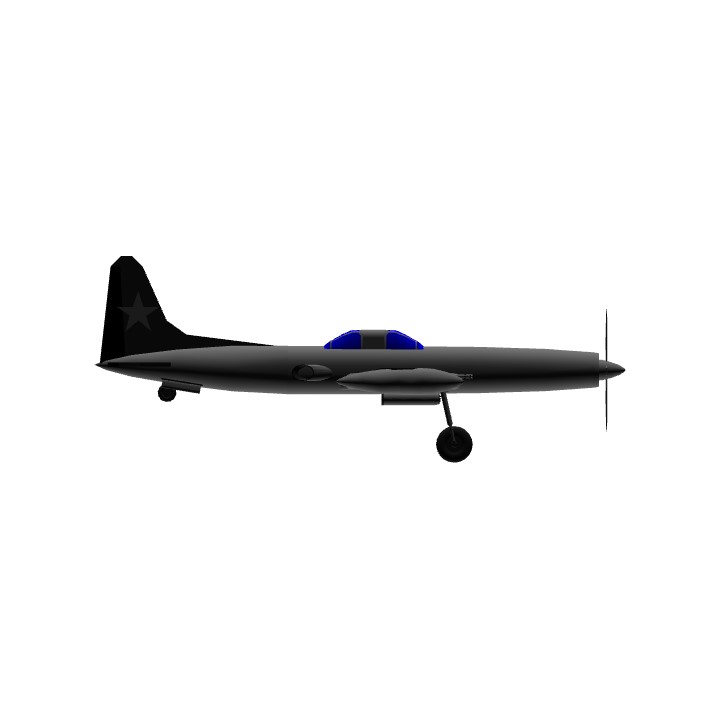
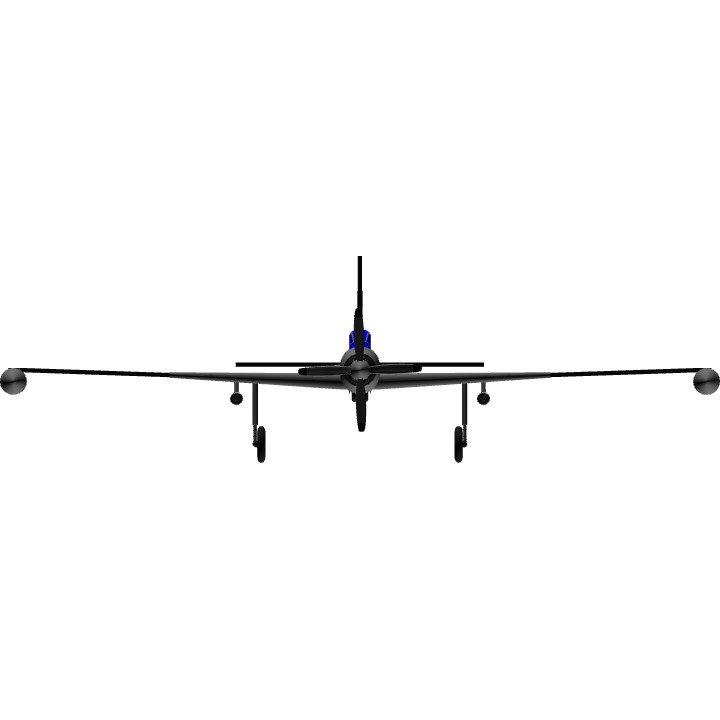
I just presumed it would be blitz when I saw you do your builds on iOS. Yeah they brought out an ‘up’date and it crashes regularly in battle so I’ve lost interest. @AircraftoftheRedStar
No. I gave up on the Blitz version of World of Warships because the whole game looked and performed terribly.@Tang0five
Couldn’t help but notice with your bio, World or warships... is that blitz?